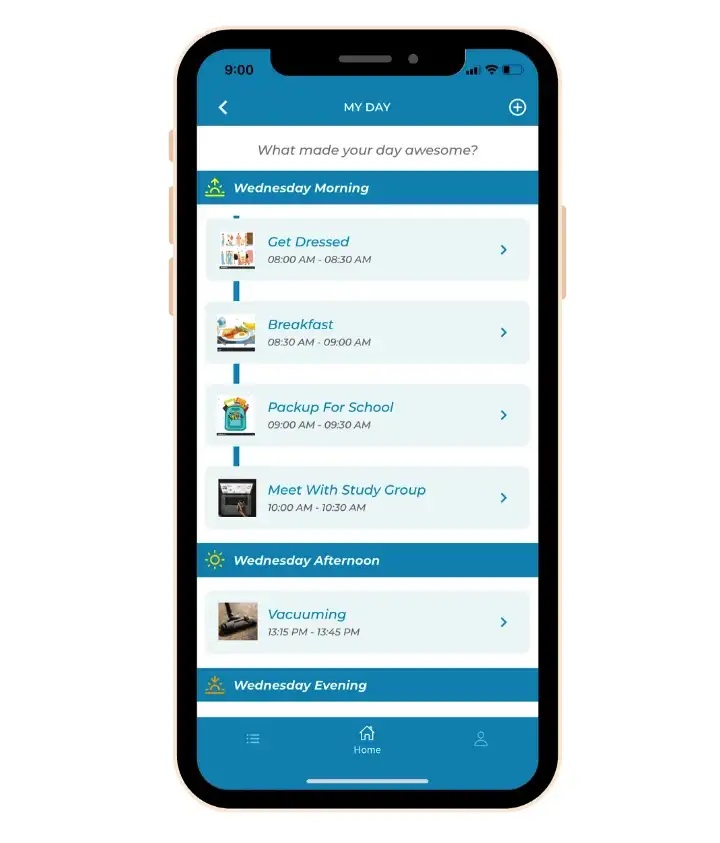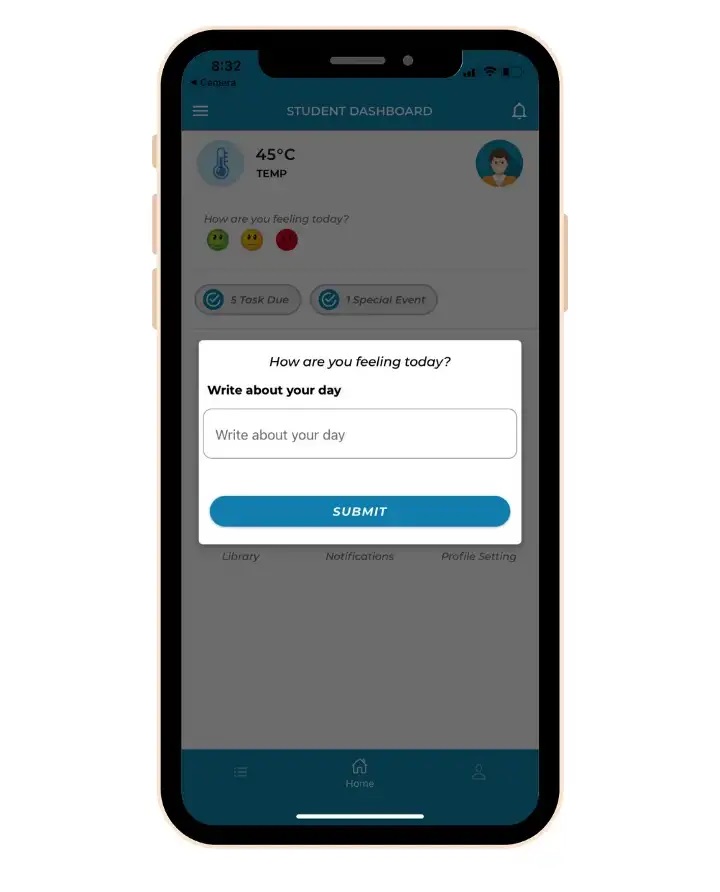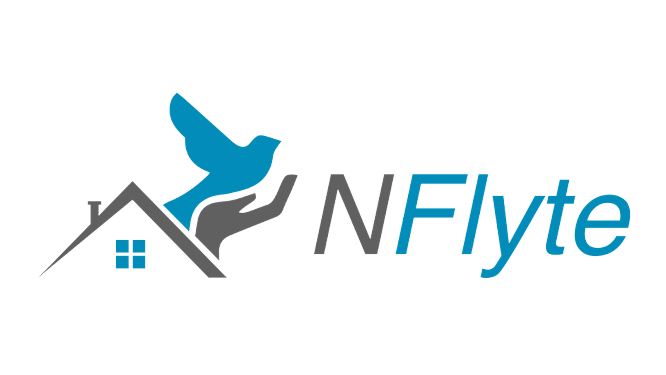A daily schedule for autistic adults can be helpful in many ways. While routines will look and work differently for everyone, creating a plan that works for your adult child with autism can foster success. In this article, we’ll discuss the importance of a routine for those with autism spectrum disorder and ideas for creating a daily routine.

Related read: Safety for Autistic Adults Living Independently
Do autistic adults need routine?
Yes, routines are very useful for adults with autism. In fact, ample research shows how helpful a routine can be for those with autism spectrum disorder.
One of the most important reasons to have a daily schedule for autistic adults and follow a routine is because it can help with executive functioning. Executive function refers to skills related to processing information, like working memory, cognitive flexibility, and inhibitory control.
Many people with autism struggle with executive functioning, so staying organized, completing tasks, and self-regulating emotions can be difficult. A routine can make these tasks easier to accomplish.
Autistic people who have a daily routine often notice:
- More motivation and productivity
- A sense of stability, which reduces stress
- Better self-regulation skills
- Healthier habits and behaviors
- More independence
- Increased confidence
Tips for Creating a Daily Schedule & Following a Routine
A consistent routine and daily schedule for autistic adults can be beneficial. While there’s no one-size-fits-all solution, here are some things that can help with daily routines.
- Establish daily living goals.
- Create a visual daily schedule.
- Have a point of contact In case of mishaps.
- Plan for autistic burnout.
- Take time to reflect.

Establish Daily Living Goals
When creating or discussing a schedule with your adult autistic child, it can be helpful to set goals first. Have a conversation with your child about possible goals they want to meet. It can also be good for them to write these down. This might include what they want and need to get accomplished each day or week, how their day-to-day will look, tasks to improve, etc.
When setting goals, it’s always best to be specific and set achievable goals. Specific goals might be to exercise for 30 minutes daily, cook 3 meals per week independently, and do laundry once weekly.
You might also be interested in reading: Healthy Eating for Autistic Adults: Tips for Helping Your Adult Child Eat Healthy
Create a Visual Daily Schedule
A step-by-step visual schedule is an excellent way for autistic people to stay focused, know what to expect, and stick to a routine. Some people with autism spectrum disorder get hyper-focused, and a daily schedule can help them move on since they know they have to get to the next task at a particular time.
NFlyte, a platform designed for adults with autism or other developmental disabilities, has a daily living schedule feature. It lets you create a customized schedule with visual prompts to help get through tasks. You can include instructions that are as simple or detailed as you’d like and upload photos or videos for additional assistance. Your child can even upload photos once a task is completed, which you can use to guide them with pointers if needed.

Have a Point of Contact In Case of Mishaps
Although a daily schedule for autistic adults offers a sense of security and predictability, things can always get off track. Because many autistic people struggle when they get thrown off of their routine, having someone available to contact during a schedule mishap can be helpful.
They can have 1 or 2 go-to people to call or text when an issue arises with their daily schedule. This allows the opportunity for someone to talk it through with them and help encourage them to pivot as needed or move on to the next task.
Plan for Autistic Burnout
Autistic burnout is the body’s natural response to the stress that arises from navigating the world as a person with autism. It comes in the form of severe mental, physical, or emotional exhaustion. Autistic burnout can often last for many months or longer and lead to loss of skills.
While burnout can happen to anyone with autism, it’s important to create a daily schedule that sets you up for success in avoiding or reducing burnout.
Here are some ways to address autism burnout when creating a daily living schedule with your child:
- Schedule regular breaks and relaxing activities.
- Revisit the schedule and adjust it if needed.
- Plan for a healthy lifestyle (eating well, exercising, and plenty of rest).
- Check in with your child and offer support and acceptance regularly.
NFlyte also has an emotional health feature that allows users to report their mood throughout the day. You can use this to track how your child is doing and have conversations about their well-being and stress management.

Take Time to Reflect
Although a consistent routine and daily schedule for autistic adults is very beneficial in many ways, it’s important to reflect regularly. As their caretaker, you can make a point to check in and reflect with them regularly, whether it be weekly or monthly.
Doing this can allow you to discuss what’s working and what’s not, goals that have been met, if there are any new goals, etc.
Daily Schedule for Autistic Adults: Final Thoughts
As a mother of an adolescent with autism, I understand how useful but tricky schedules can be. While everyone’s situation is different, and what works for one person may not work for another, I hope these ideas have helped you.
A daily routine can help those with autism spectrum disorder in many ways. It can increase confidence, reduce stress, help with motivation and productivity, and offer the chance for more independence.
NFlyte is a tool that helps launch young adults with autism or other developmental disabilities into independent life. Learn more about NFlyte here.



